WHALE WATCHING & MISSION (Day 7 - part 5)
We exited the mission and wandered briefly around the front ot it.
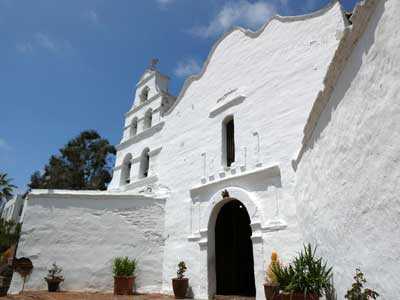

Luckily we visited the church when we did since it was now closed for a wedding.


The campanario (bell tower)


The crown-topped bell is named the Ave Maria Purisima (Immaculate Mary). It weighs 805 pounds and was cast in 1802. A crown-topped bell was usually supplied by the Spanish king and cast in the royal foundry in Barcelona. It was hung here after the reconstruction in 1931.
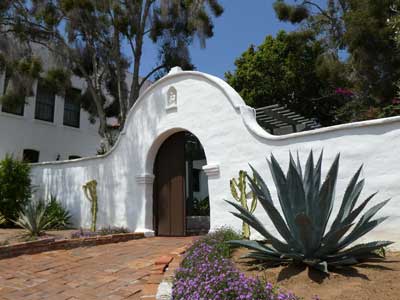



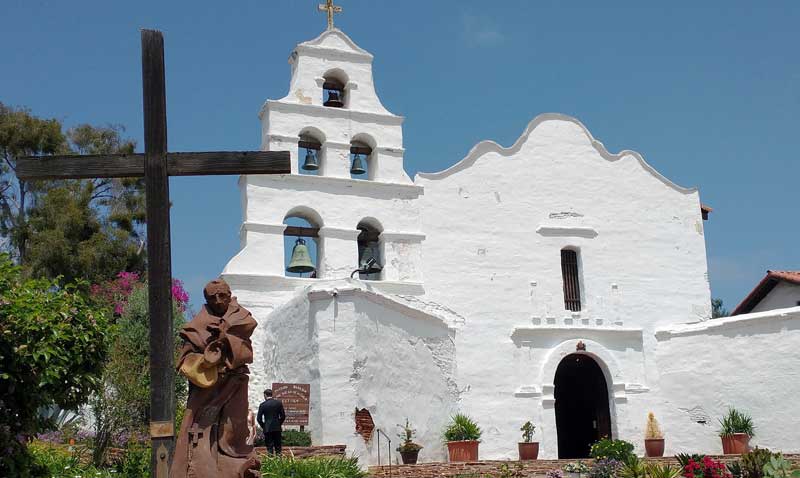
In 1769, El Camino Real (The Royal Road or Kings Highway) was just a footpath. As more missions were built, the roadway grew wide enough to accommodate horses and wagons. When the last mission was completed in 1823, it had became a real route through Alta California for military and commercial use. The 700-mile California Mission Trail connected 21 missions, 4 presidios (military forts) and several pueblos (towns) from Mission San Diego de Alcala up to Mission San Francisco Solano. The road’s exact route was not fixed. The path changed over time due to weather, mode of travel, and even the tides. Ships could transport goods and passengers more easily over long distances. By the late 1800s, although local segments of the old trail were still heavily used, the route as a whole had faded into obscurity.
In the early 1900s, a group of clubs decided to mark the trail (reminding us of early California history) and used a mission bell mounted on a shepherd’s crook as its symbol. The first 85-pound cast iron bell was placed in Los Angeles in 1906. The Mission Bell Marker system planned to place a bell each mile (as well as in front of each mission and other related historic sites). By 1913, over 450 markers were in place, but they were continually being removed due to damage, vandalism, road reconstruction and theft. By 1974, less than 100 of the original markers remained. In 1996, new bells were made and began to be placed along the route, with the project finally being completed in 2012 with 585 bells.


The bells were inscribed "El Camino Real 1769-1906."
We made our way downtown.




We parked at the Seaport Village and began to explore.








From the super large ... all the way down to the very small
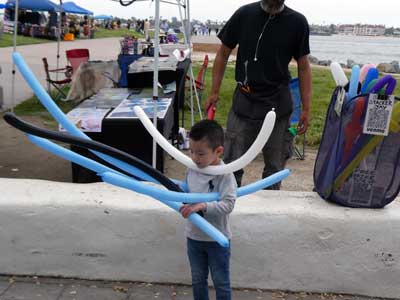
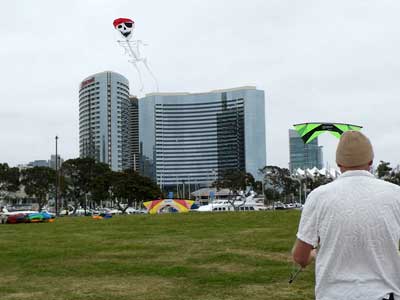
Embarcadero Marina Park

Quite the interesting kite!



The view of San Diego Bay down to Coronado Bridge



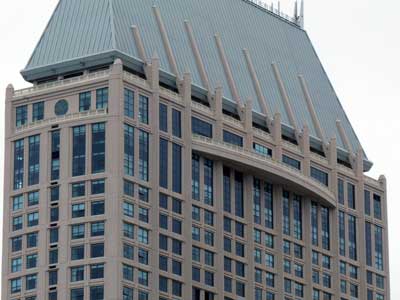

An impressive balcony! ... The Marriott Marina

We are at the red marker.


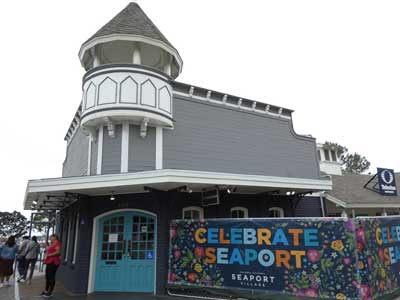



Pretty details


(right) The Seaport Fountain


The Looff Carousel arrived here in 2004, after starting its journey in 1895 in Texas. It also spent time in Santa Monica (1950s) and Portland (1980s). In 1870, Charles Looff came from Schleswig Holstein (then a Danish province, now part of Germany) at the age of 18. Being a trained woodcarver, he worked at making furniture by day and as a carousel carver at night. His first carousel was placed in Coney Island in 1876.




return • continue

